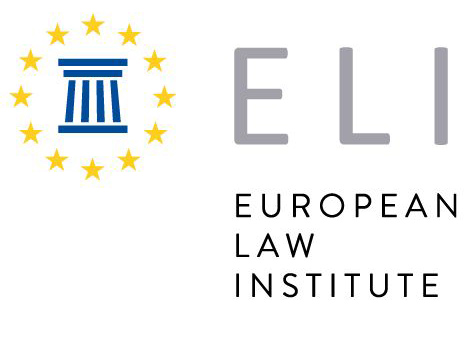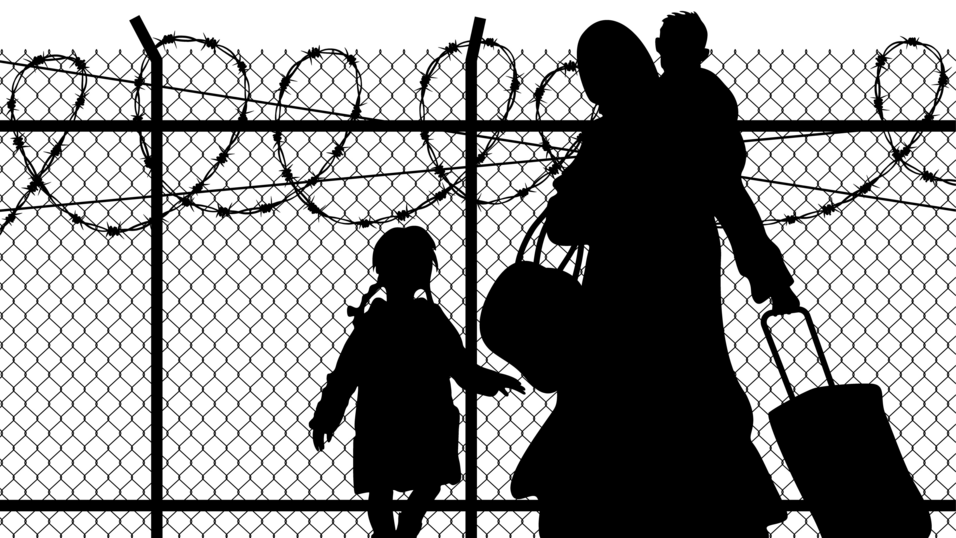The webinar was opened by Pascal Pichonnaz (Chair; ELI President; Professor, University of Fribourg), who welcomed the participants and introduced the panellists.
Among other things, María Teresa Gil Bazo (Project Co-Reporter; Professor, University of Navarra) explained that the developments in the field of immigration and detention since 2017, when the initial project was approved, justified an update. She explained the aim and structure of the original output, mentioning that it sought primarily to equip judges dealing with detention cases and lawyers defending such applicants with tools to uphold the rule of law and that it consisted of standards and checklists for each of the three secondary EU law instruments on detention, ie Dublin III Regulation, the Return Directive and the Recast Reception Directive, as well as explanatory notes.
Boštjan Zalar (Project Co-Reporter; Senior High Court Judge, Administrative Court of the Republic of Slovenia) recalled the assumptions that the Reporters of the initial project had when they started working on the project in 2015, among them national judges were predominantly using national law without making references or checking standards set out in the case law of the Strasbourg of Luxembourg courts, owing in part to the time pressure such judges face. Those were the reasons why ELI embarked on the initial project. Zalar then went on to explain the content of the initial report and emphasised the usefulness of the checklists for judges. Given that several new judgments were issued in the field since 2017, it was decided that the update of the initial output is essential.
Fabiane Baxewanos (Project Team Member; Legal Officer, United Nations High Commissioner for Refugees (UNHCR)) opined that ‘the monumental work for this project’ already exists in the form of the current impressive product. She expressed the fact that, in light of this, ‘it has been taken up frequently by many courts around Europe’. Baxewanos therefore welcomed the update. She said, considering increased cases of detention and divergent practices across various Member States, that it is very important to have clear guidance. Baxewanos also discussed the recent case law of both European courts and emphasised that sometimes it lacks coherence and/or is difficult to interpret, which makes it challenging to interact with authorities. Baxewanos therefore welcomed ELI’s initiative as much needed: ‘It is not just a text-book style collection of case law summaries. It is really an analytical piece of work that works out the standards that apply that derive from the case law. It is also practical guide on how to apply such case law in detention.’ The fact that national law is reflected in the initiative is also very important. She closed by explaining what UNHCR does in the field, eg intervening before the Strasbourg court as an amicus curiae, and working directly with judges.
Sophie Piquet (Immigration Coordinator, Registry of the European Court of Human Rights) began by saying that she leads a project at the Court aiming at ensuring more coherence in the case law on migration. In her view, the exhaustiveness and fullness of ELI’s Checklists needs to be emphasised: ‘It is rare; very rare’, she added. In particular, Piquet praised Section 3 of the Checklist, which deals with the interplay between EU law, Convention law, and national laws in a very innovative way. Piquet also praised the structure of the output as it facilitates future updates. She then provided an outlook of what, in her view, is coming up in the Strasbourg case law, eg applicability of Article 5(1)(f) of the Convention in certain situations, detention of vulnerable persons as well as detention and Article 3 in extreme situations.
The presentations were followed by a lively discussion with participants.
The recording of the webinar is available below.

